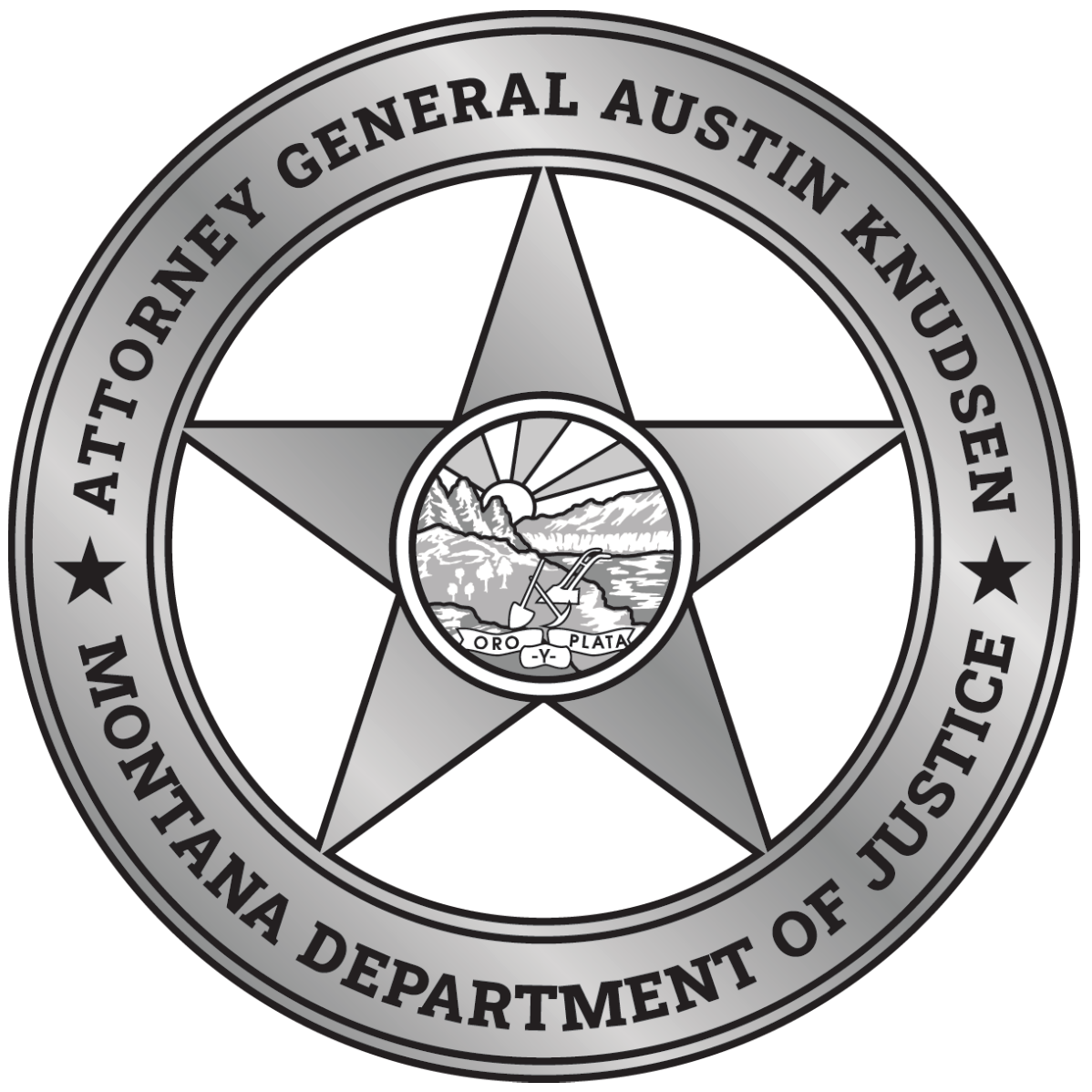Groundwater Restoration Plans – Section 3 of Process Plan:
An estimated $30.1 million and $10 million is initially available for funding water system improvement projects in Butte-Silver Bow County and Anaconda-Deer Lodge County, respectively. The Counties developed draft Groundwater Restoration Plans that describe the water system improvement projects they propose to implement with this available funding over a time period not to exceed 20 years. These restoration plans are based on the priorities identified in the Counties’ drinking water system master plans and the NRD Funding Criteria. Subsequent restoration plans will cover any additional funding available through interest earnings.
In August 2012, both Counties submitted draft Groundwater Restoration Plans and presented them at the August 15, 2012 Advisory Council meeting. The plans were subject of public comment through September 21, 2012, considered by the Trustee Restoration Council at their October 12, 2012 meeting and approved by Governor Schweitzer on October 19, 2012. Below is the final approved plan.
In early 2013, Butte-Silver Bow reorganized its water utility division and subsequently reevaluated its water system upgrade priorities through a 2013 water master plan update. Butte-Silver Bow elected to proceed with only the Big Hole Transmission Line replacement portion of the approved October 2012 Groundwater Restoration Plan for $6 million. That work is underway, pursuant to a completed contract with NRDP.
In March 2014, the Governor approved a second Groundwater Restoration Plan that addresses the improvements to be made with the remaining $24.1 million of BSB’s total $30.1 million funding allocation. Final Butte Silver Bow Groundwater Plan, March 2014.

